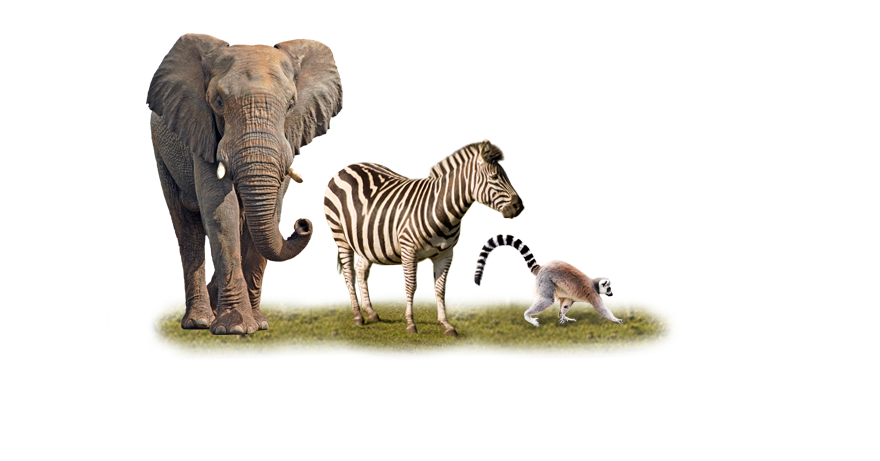Kenya Beach Holidays Malindi Marine National Park
Mombasa Marine National Park is the most popular of the marine protected areas due to ease of accessibility and a favorite among Mombasa snorkelers and scuba divers due to its abundant marine life, beautiful blue water and spectacular coral reefs. The high number of north coast accommodations in Nyali and Bamburi draws in thousands of tourists from around the world. As part of AfricanMecca’s seaside offerings, we organize marine life activities and boating trips into the park aboard a dive speedboat or a glass-bottomed boat. The Mombasa Park is one of the later gazetted marine parks in Kenya and is a combination of national park, which covers almost 4 square miles (10 sq. km), and a national reserve, covering a little less than 80 square miles (200 sq. km). Mombasa Marine Park is one of many that work together to preserve the fragile coral reef on the Kenyan coast that stretches for 143 miles (230 kilometers) along the shoreline. The reef plays an important role in the ocean ecosystem by providing safety and food to almost one million species of marine life. The various colors, shapes and sizes of the coral are incredible and some of the species that you may see in the Indian Ocean are the brain coral, pavona coral, open-branched stag's horn coral, acropora coral and favia coral.
Aquatic sea life thrives in the park and many species are represented, such as sea urchin, crab, starfish, octopus, jellyfish, sea cucumber and many more, The thriving coral attracts a variety of fish, such as multi-colored angelfish, green parrotfish, butterflyfish, zebrafish, lionfish and small damselfish. You may also see some of the larger marine life, such as shark, rays, various turtle, including loggerhead, leatherback, hawksbill and green sea turtle and dolphin, including bottlenose, spinner and humpback. If you are in Mombasa during turtle breeding and hatching season, AfricanMecca Safaris recommends that you visit the beaches of Watamu to watch these large, slow moving animals lay their eggs in the sand and leaving back for the ocean. Hatching happens around 60 days later. With average temperatures in the 70 to 90 degrees Fahrenheit (21 to 33 Celsius) and relatively high humidity levels, snorkeling or diving lets you cool in the midst of a very warm day. The southeast monsoon winds that blow from April to October and northeast winds from November to March can affect your diving conditions (read more on when is the best time to go to Mombasa). Kenya’s reefs are recognized as one of the world’s top three dive sites in the world by experienced divers, with the other two being the Great Barrier Reef in Australia and the Red Sea Reef. The waters along the Kenyan shore are always crystal clear and warm. Wreck and night diving are available too, truly affording a discerning marine exploration experience.


